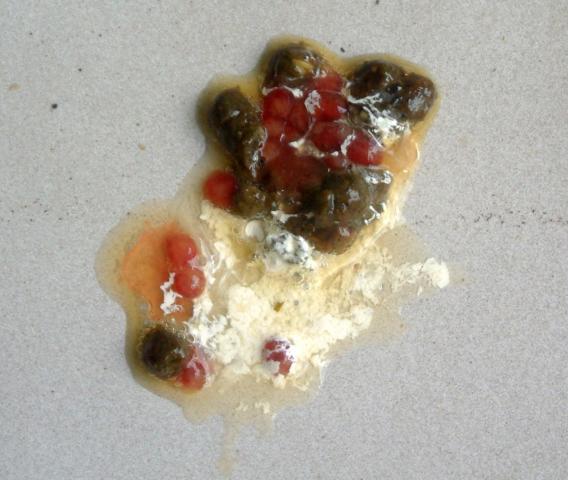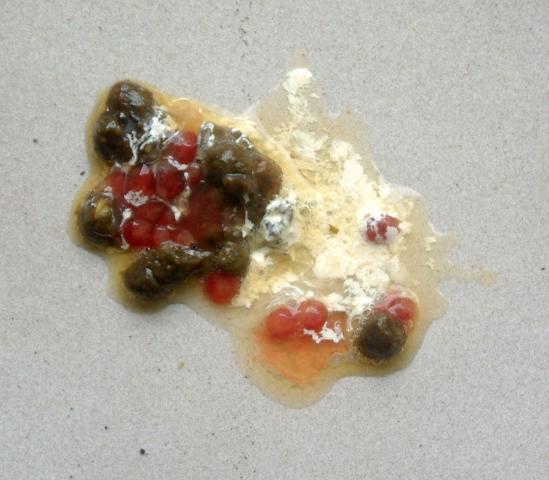This morning I noticed that there was something new in the poo of one of our chickens. Along with being a bit watery, there are what look like reddish-orange fish eggs in it. We live in Hawaii, I do not fish, and the nearest water is the ocean 5 miles away, so I am guessing they are not actually fish eggs. It does kind of look a bit like a photo on the web that says it is just intestinal lining, and not a cause for worry. At this point I am not convinced that is what this is, as these are far more spherically defined that what the web photo showed.
We have a flock of 45, so aside from the health concern for the particular chicken that did this (and I do not know which one at this point), if it is something that can spread...
Any thoughts on what this may be would be greatly appreciated.


We have a flock of 45, so aside from the health concern for the particular chicken that did this (and I do not know which one at this point), if it is something that can spread...
Any thoughts on what this may be would be greatly appreciated.



